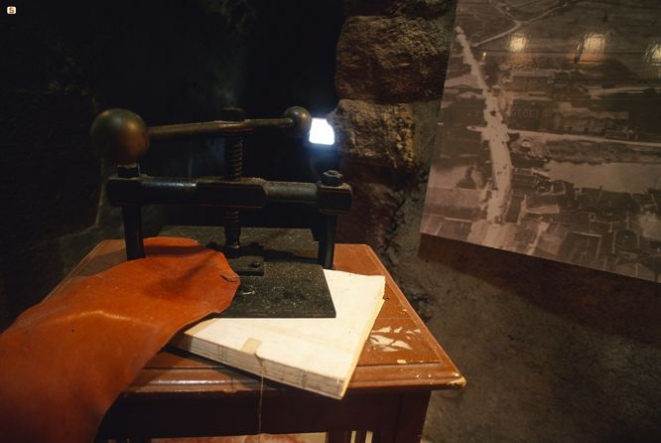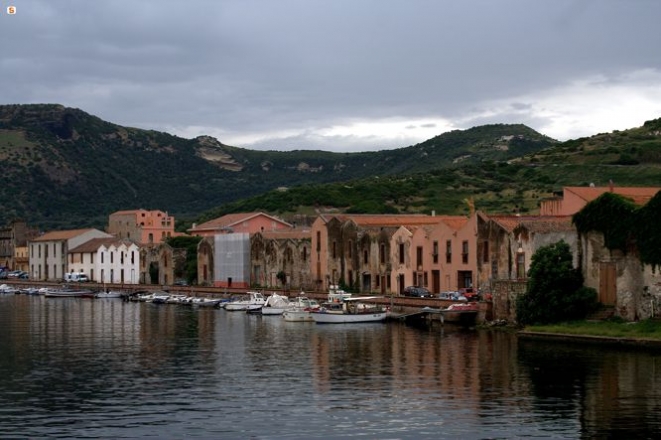The museum of the tanneries of Bosa
The charm of the old tanneries along the banks of the river Temo
The town of Bosa in the late nineteenth century and throughout the first half of the twentieth century was the capital of the tanneries in Sardinia and in Italy.
Unique in its kind, the Museum of the tanneries of Bosa, is today a place of extraordinary importance to know all the secrets from the leather.
The Museum of the tanneries located in Via Sas Conzas, near the river Temo, was born with the intent to promote the ancient and fascinating work of the tanner, widespread in Bosa, which continued throughout the nineteenth century, until to 1962, when it closed definitively the last tannery.

The museum was created in a tannery built in 1700, skillfully restored, where the original masonry tubs, with them classic sloping structure, with open drains, to allow the cleaning and prevent the fermentation and the accumulation of mud, were dug under the ground floor. Today you can walk on it thanks to the realization of a special glass floor.
The tannery tubs are a very important elements, because the first stage of processing of the hides took place right inside of them.
On the upper floor you can see the structure of the tanning, with a faithful reproduction of the original and discover all the tools that were used for processing and finishing, with a significant exhibition of old photographs.

The tanning business in Bosa, which dates back even to Roman times, was rediscovered in 1600, but reached its peak only in 1800.
The importance and the diffusion of this activity was duly reported by Vittorio Angius in the Angius-Casalis dictionary. He took a census in 1834, registering twenty-eight tanneries. In time, there would be a progressive reduction starting as early as 1860, up to fifteen tanneries in 1887.
During the 20s, the modernization of the machines and the production systems, manages to increase significantly the production reducing the processing times and therefore allowing to export in Italy and in foreign markets, (especially in France), manufactured products.
The leathers mainly used were beef and finished products, once processed, were of great quality, so as to achieve the important national awards, with two companies from Bosa, which reached the highest levels: firm Mocci- Marras that in 1896 won the Bronze medal at the National Exhibition of Turin and the business families Sanna-Mocci and Solinas-Ledda, which in 1924 obtained an important award, winning the Grand Prix and the Gold Medal in the International Fair of Rome.
Beyond the importance of culture and tradition that today holds the museum, we should also focus the architectural quality of these old buildings that are a beautiful example of early industrial architecture.
Even today you can see these ancient buildings, away from the town, because of the bad smells produced by the leather during the process.
It is a row of small houses, built with local stone, adobes, plastered with a mixture of limestone and trachyte powder, side by side with each other, recalling the structure of typical Bosa houses.
The result of a great work of restoration during 1800, the facades appear with trachyte entrances and large windows, essential to allow the ventilation of the leather.
The charm of the tanneries leaned on the left bank of the Temo, with their timeless decadent attraction, with a glorious past, are one of the most beautiful and spectacular of Bosa and a decree of the Ministry of Culture and Environment of 17 October 1989, declared them National Monument.
Thanks to the Museum of the tanneries, each tannery relives its story; it renews, finds and retains itself and attracts hundreds of tourists every year.
For info and reservations: www.museodelleconcebosa.it